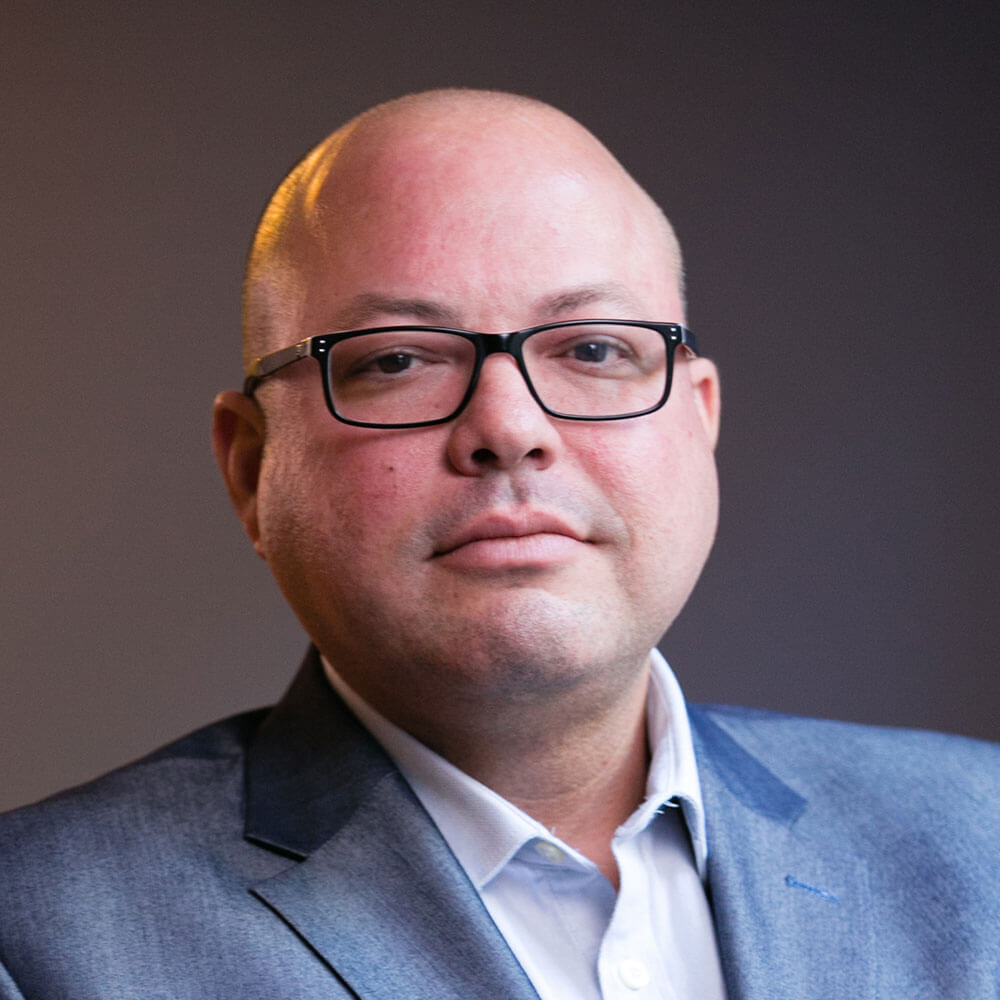Posted August 04, 2017
By Ray Blanco
Pot Goes Hi-Tech for Sky-High Gains
The modern biotech researchers lab has tools that past generations could only dream about.
Yet, while these technologies are helping us find new cures, some of the most important drugs in history werent cooked up in a high-tech lab.
They were found growing in a forest.
And today, Im going to show you how this trend is taking one of the oldest plants in history the cannabis plant and giving it a high-tech upgrade.
Were just starting to learn about how this plant can help heal us.
But two things are for sure.
Cannabis holds tremendous promise. And it holds the key to tremendous profits!
Inspired by Nature Amped up by Technology
Plants that have healing powers are all around us.
Even in your own backyard.
A prime example comes from the bark of the willow tree. Its been used in traditional medicine going back at least 5,000 years. In the late 1800s, however, chemists synthesized the most important active compound.
Chemistry and pharmaceutical giant Bayer named it aspirin. And thats far from the only example.

In 1962, researchers from the U.S. Department of Agriculture were hired by the National Cancer Institute to find cancer cures among plants and trees.
They found that something in Pacific yew tree bark samples killed cells. It prevented cell division by disrupting microtubules, which was particularly notable in rapidly dividing cell lines, like tumor cells.
This compound, called paclitaxel, became one of our most used cancer killing drugs.
The number of examples extends well beyond these two world-changing breakthroughs.
Almost half of the pharmaceuticals we use still come from a natural source.
This is even true of drugs developed during the past few decades.
Of all new drugs that came to market between 1981 and 2014, almost a third were derived from natural sources.
One of the most important is marijuana.
Historys Most Renowned Plant
The medicinal use of the marijuana plant has been around almost as long as humans have walked the earth. Theres evidence we used it as far back as the Stone Age.
Ancient Egyptians, Indians, Chinese and Greeks all described its wonderful curative properties.
It has a history in North America, too. Here, the cannabis plant has been in cultivation since at least colonial times.
By the late 1800s, some researchers were just starting to see the potential of this plant, noticing it could relieve pain, help people sleep and treat glaucoma.
Cannabis is demonstrably safer and less likely to be abused than many drugs currently legal in the country.
And the evidence for medical uses of the plant is mounting. While the U.S. virtually halted cannabis research over a period of decades, scientists overseas helped unlock some of the plants secrets.
One of those secrets is leading to vast potential for cannabis compounds, known as cannabinoids.
This new breakthrough in medical marijuana science has a wealth of medical applications. Some of the diseases that are currently being looked at as treatable by cannabinoids include:
- Cancer
- Epilepsy
- Chronic Pain
- Crohns Disease
- Alzheimers
- Arthritis
- Glaucoma
- Multiple Sclerosis

